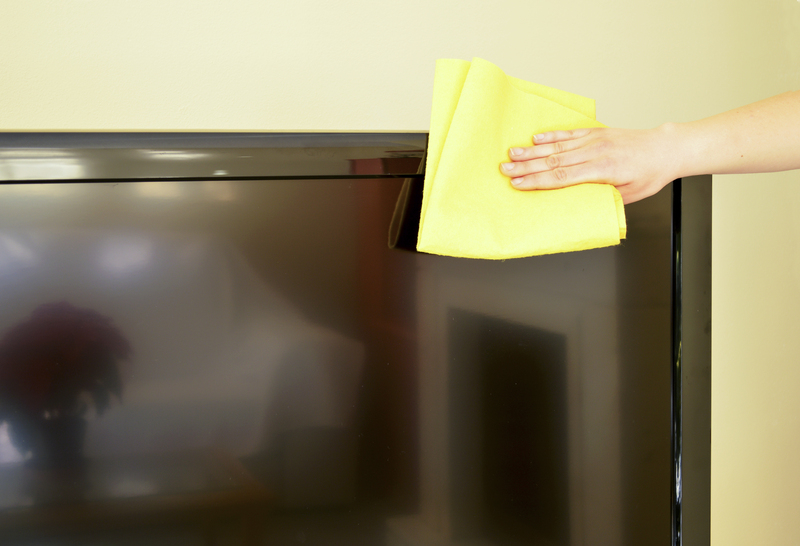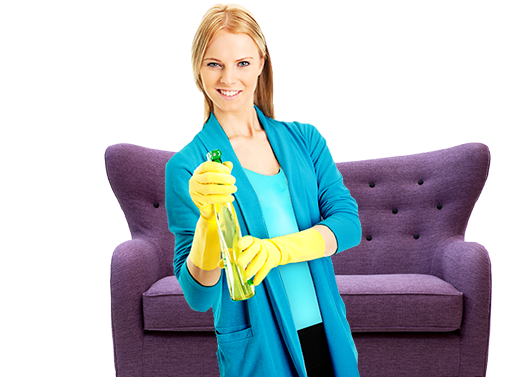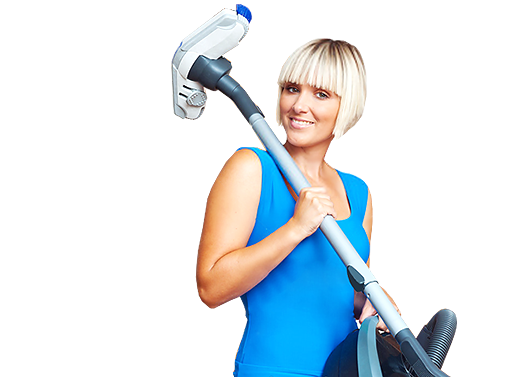How to choose the right vacuum cleaner for allergy sufferers
Posted on 24/07/2024
Allergies can make day-to-day life difficult, especially for those who suffer from them. One of the biggest sources of indoor allergies is dust and pet dander. Keeping your home clean and free of allergens is crucial in managing allergies. Vacuum cleaners play a vital role in reducing dust and other allergens. However, not all vacuums are created equal when it comes to addressing the needs of allergy sufferers. With the overwhelming number of vacuum options available, it can be challenging to determine which one is best suited for your specific needs. In this article, we will discuss how to choose the right vacuum cleaner for allergy sufferers.
What to Look for in a Vacuum Cleaner
When shopping for a vacuum cleaner, there are key features you should look for to ensure that it is suitable for allergy sufferers.
1. HEPA Filter
A HEPA (High-Efficiency Particulate Air) filter is a must-have for any vacuum cleaner targeting allergies. These filters are designed to trap even the smallest particles, including dust mites, pollen, and pet dander, providing relief for those with allergies. Make sure that the vacuum you choose has a true HEPA filter as some may claim to have one but do not meet the necessary standards.
2. Powerful Suction
The suction power of a vacuum is crucial in picking up allergens effectively. The stronger the suction, the better it will be at removing particles from your floors and furniture. Look for vacuums with high wattage or motor power ratings as they tend to have more powerful suction.
3. Bagged vs Bagless
Both bagged and bagless vacuums have their pros and cons when it comes to allergies. Bagged vacuums tend to trap dust and allergens better than bagless ones because the debris is contained within the bag and not released back into the air during emptying. However, bagless vacuums are more convenient as you do not have to worry about replacing bags. Whichever type you choose, make sure that the vacuum has a sealed system to prevent allergens from escaping.
4. Allergen Sealing
Some vacuums come equipped with additional features such as allergen sealing technology or sealed systems. These prevent any dust and allergens from escaping back into your home while vacuuming, making them ideal for allergy sufferers.

Other Factors to Consider
Apart from the features mentioned above, here are some essential factors to consider when choosing a vacuum cleaner for allergies:
1. Type of Flooring
Consider the type of flooring in your home before purchasing a vacuum. Different types of floors require different suction power and attachments, so ensure that the vacuum can handle the specific flooring in your home.
2. Attachments and Accessories
Attachments such as crevice tools, upholstery brushes, and pet hair attachments can make all the difference in removing allergens effectively. Look for vacuums that come with a variety of attachments to help you clean hard-to-reach areas and remove allergens from furniture and drapes.
3. Noise Level
Some vacuums can be quite loud, which can be problematic for those who suffer from allergies since loud noises can trigger their symptoms. Look for vacuums that advertise being quiet or have adjustable settings to reduce noise levels.
Pros and Cons of Top Vacuum Options
1. Upright Vacuum Cleaners
Pros:
- Strong suction power
- Ideal for carpets and large areas
- Typically come with various attachments
- Easy to store
Cons:
- Can be heavy and difficult to maneuver
- May not work well on hard floors
2. Canister Vacuum Cleaners
Pros:
- Versatile - suitable for both carpets and hard floors
- Lightweight and easy to maneuver
- Usually come with a range of attachments
- Quieter than upright vacuums
Cons:
- Bulky and not as easy to store
- May require more effort to use
3. Robot Vacuum Cleaners
Pros:
- Convenient and hands-free cleaning
- Can reach under furniture and in tight spaces
- Suitable for both carpets and hard floors
- Some have HEPA filters
Cons:
- May not be able to deep clean carpets
- Expensive compared to other options
- Limited battery life and may require frequent recharging

Tips and Takeaways
1. Regularly Replace Filters and Bags
To maintain the efficiency of your vacuum, make sure to replace the filters and bags at recommended intervals. This will prevent any allergens from escaping back into your home.
2. Empty the Vacuum Outdoors
When emptying your vacuum, do so outdoors to avoid releasing trapped allergens back into your home.
3. Use a Dust Mask
Wearing a dust mask while vacuuming can help prevent inhaling any allergens that may be released during the process.
Takeaways:
- Look for a vacuum cleaner with a HEPA filter, powerful suction, and allergen sealing technology for the best results.
- Consider the type of flooring in your home and choose a vacuum accordingly.
- Regular maintenance, such as replacing filters and emptying outdoors, is crucial in keeping allergens at bay.
Conclusion
Choosing the right vacuum cleaner for allergy sufferers requires careful consideration of features such as HEPA filters, suction power, and allergen sealing. Additionally, factors like type of flooring, attachments, and noise level should also be taken into account. Regular maintenance is key in keeping your vacuum efficient in eliminating allergens from your home. By following these tips, you can find the perfect vacuum cleaner to make living with allergies more manageable.




